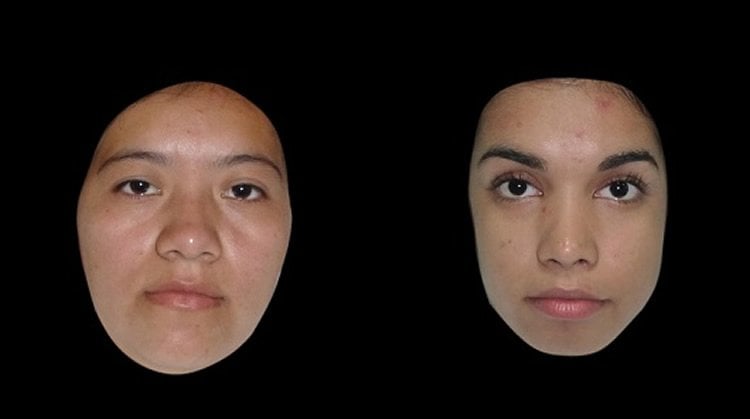Summary: According to researchers, a person’s population influences what they consider to be attractive.
Source: St. Andrew’s University.
The faces of people around us influence what we find attractive, according to the latest research by the University of St Andrews.
The study, published today (18 May 2017) by the journal Human Nature, examined how the appearance of a person’s population influences their facial preferences.
Researchers Carlota Batres, Mallini Kannan and David Perrett found that people tended to prefer mates with the same characteristics as those they were most familiar to.
The study involved asking male and female subjects in different areas which men and women they found most attractive from digitally-manipulated face pairs. The researchers also collected photographs of the subjects which were then rated online by different participants residing in another country.
The study found that the facial characteristics common to each person’s population were considered to be the most attractive.
For example, the faces of women in rural areas of Malaysia and El Salvador were rated as looking heavier than women’s faces from urban areas. Both male and female subjects in those rural areas preferred heavier-looking female faces.

Dr Carlota Batres, who led the research, said: “In a world where it is said that ‘beauty is in the eye of the beholder’, it might actually be that ‘beauty is in the faces of those we behold’, since we grow to like those around us.”
Further research will be needed to examine just how far this effect can extend, such as whether binge watching a specific show could lead us to prefer people who look like those actors, or whether high exposure to politicians’ faces could also influence our preferences.
Professor David Perrett, who runs the Perception Lab at St Andrews, added: “Future research that examines beauty ideals between populations should also examine the facial characteristics that make up such populations.”
Source: St. Andrew’s University
Image Source: NeuroscienceNews.com image is adapted from the St. Andrew’s University news release.
Original Research: Full open access research for “Familiarity with Own Population’s Appearance Influences Facial Preferences” by Carlota Batres, Mallini Kannan, and David I Perrett in Human Nature. Published online May 18 2017 doi:10.1007/s12110-017-9289-8
[cbtabs][cbtab title=”MLA”]St. Andrew’s University “Beauty and the Beholder: Faces of Those Around Us Influence What We Find Attractive.” NeuroscienceNews. NeuroscienceNews, 18 May 2017.
<https://neurosciencenews.com/attraction-social-neuroscience-6717/>.[/cbtab][cbtab title=”APA”]St. Andrew’s University (2017, May 18). Beauty and the Beholder: Faces of Those Around Us Influence What We Find Attractive. NeuroscienceNew. Retrieved May 18, 2017 from https://neurosciencenews.com/attraction-social-neuroscience-6717/[/cbtab][cbtab title=”Chicago”]St. Andrew’s University “Beauty and the Beholder: Faces of Those Around Us Influence What We Find Attractive.” https://neurosciencenews.com/attraction-social-neuroscience-6717/ (accessed May 18, 2017).[/cbtab][/cbtabs]
Abstract
Familiarity with Own Population’s Appearance Influences Facial Preferences
Previous studies have found that individuals from rural areas in Malaysia and in El Salvador prefer heavier women than individuals from urban areas. Several explanations have been proposed to explain these differences in weight preferences but no study has explored familiarity as a possible explanation. We therefore sought to investigate participants’ face preferences while also examining the facial characteristics of the actual participants. Our results showed that participants from rural areas preferred heavier-looking female faces than participants from urban areas. We also found that the female faces from the rural areas were rated as looking heavier than the female faces from the urban areas. Our findings are consistent with the hypothesis that familiarity may be contributing to the differences found in face preferences between rural and urban areas given that people from rural and urban areas are exposed to different faces.
“Familiarity with Own Population’s Appearance Influences Facial Preferences” by Carlota Batres, Mallini Kannan, and David I Perrett in Human Nature. Published online May 18 2017 doi:10.1007/s12110-017-9289-8






